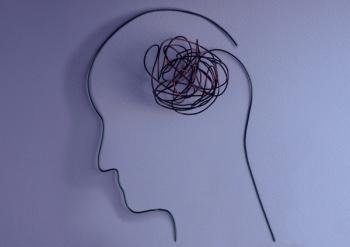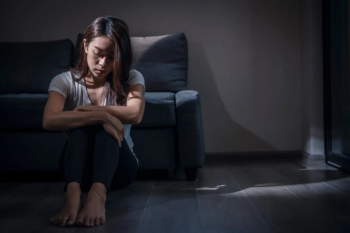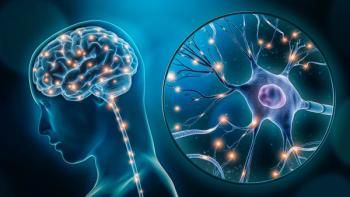
|Slideshows|July 9, 2018
Depression Research Update: July 2018
Author(s)Mark L. Fuerst
Highlights of 3 new studies investigate how to choose the best therapy for depression as well as the negative influences of polypharmacy and social media.
Advertisement
Newsletter
Receive trusted psychiatric news, expert analysis, and clinical insights — subscribe today to support your practice and your patients.
Advertisement
Latest CME
Advertisement
Advertisement
Trending on Psychiatric Times
1
FDA Grants Breakthrough Therapy Designation to Alixorexton for the Treatment of Narcolepsy Type 1
2
FDA Accepts Investigational New Drug Application for COMP360 for PTSD
3
Neurosterix Announces Phase 1 Study of NTX-253 for Schizophrenia
4
Stress in Sports: What It Really Means and How to Discuss With Athletes
5

















